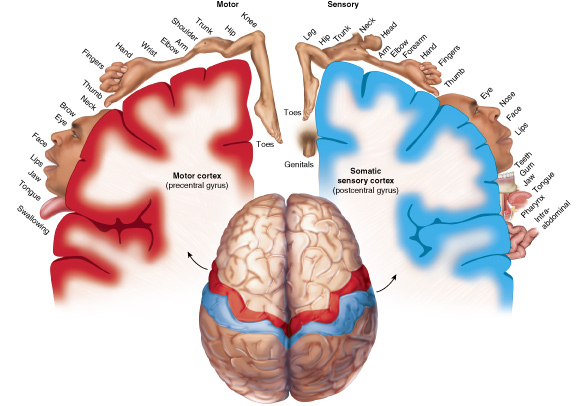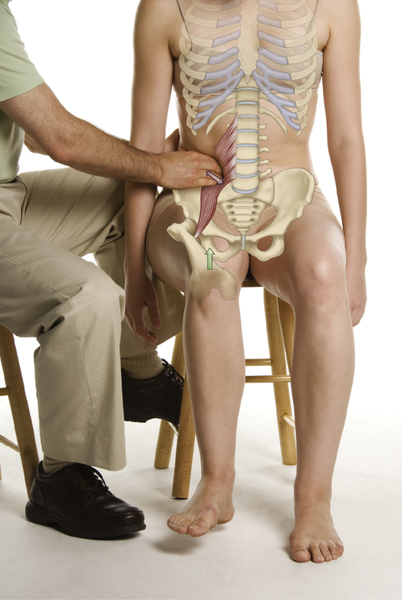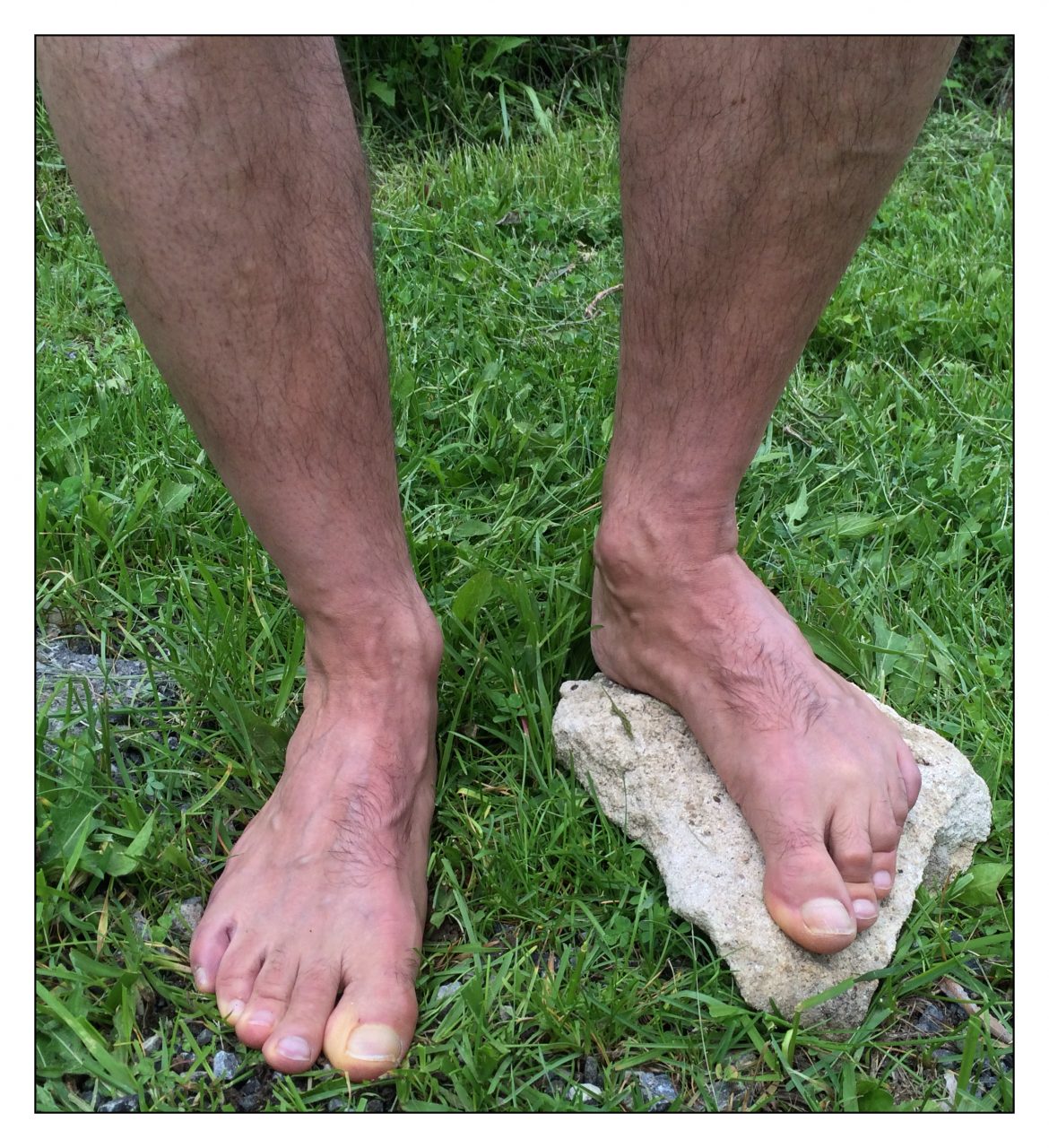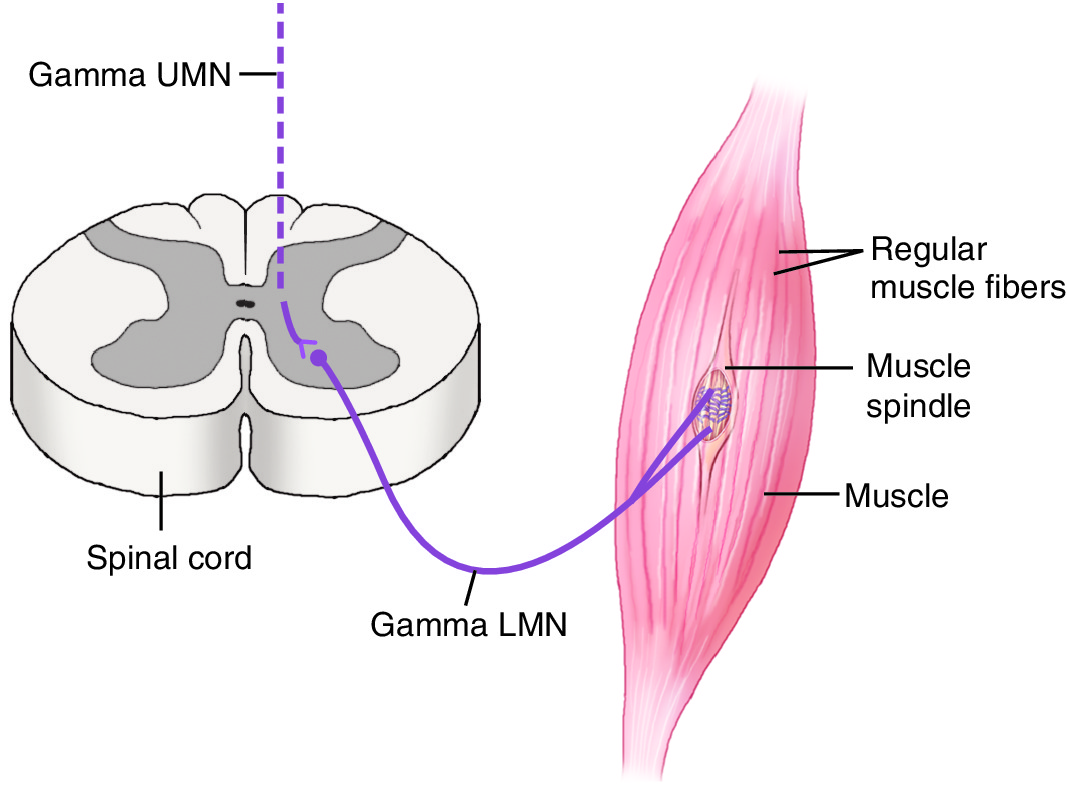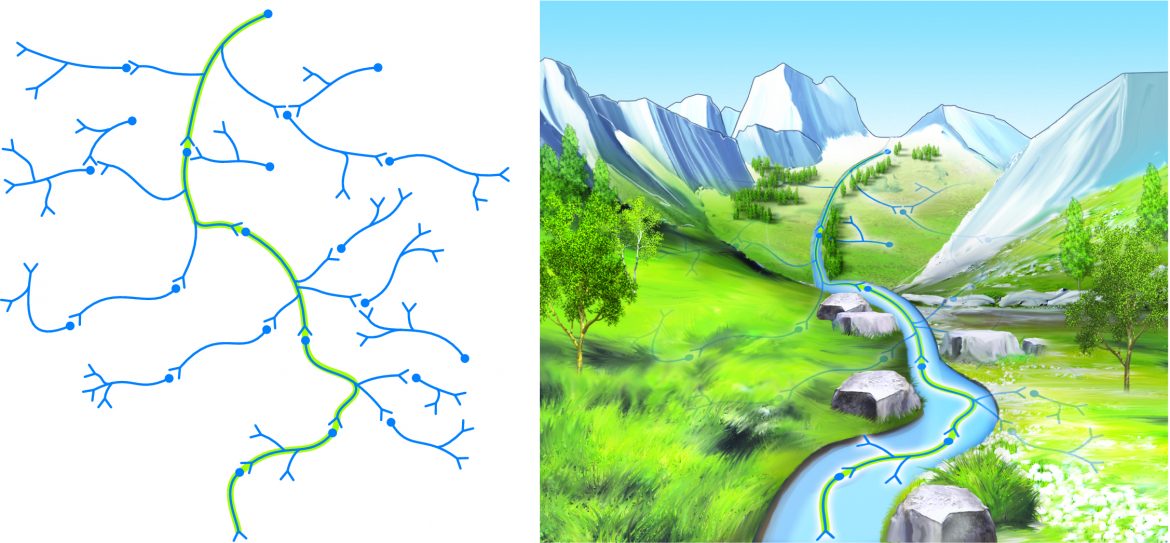This article delves into the intricacies of 24-hour memory care and how it plays a pivotal role in enhancing the lives of those grappling with memory issues.
20 Memory Tips to Improve Your Learning
The following is a blog post article contributed to us from Daisy May Hartwell. In this blog post article, Daisy discusses 20 simple and straight-forward tips that we can employ to improve our memory and improve our learning!
Where Does Somatic Memory in the Body Reside?
Massage and bodywork can trigger this state-dependent recall of the sensations and emotions of traumatic events, particularly if touch is itself a stimulus associated with the trauma. Manual therapists often refer to memory “locked in the tissue” and “released” when that part is worked.
Myofascial Memory… Does Myofascial Tissue Hold Memories?
Can memories be held in the fascia?
And are these memories accessible during manual therapy?
Can Barefoot Running Help Improve Working Memory?
Barefoot running requires more intensive use of working memory because of the extra tactile and proprioceptive demands required for precise foot placement.
What is Muscle Memory? How Does it Control Movement and Posture?
Where does muscle memory for baseline resting tone reside? It resides in the nervous system, the grand master controller of muscular function.
Neural Plasticity – Learning Posture and Movement Patterns
Neural Plasticity explains how the nervous system learns and patterns our postures and movement patterns, as well as our memories and sensitivity to pain.
Student Tip for Improving Memory – Memory is the residue of thought…
Two main points for improving memory: Memory is the residue of thought. A cue is needed to recall something that has been successfully committed to memory.



